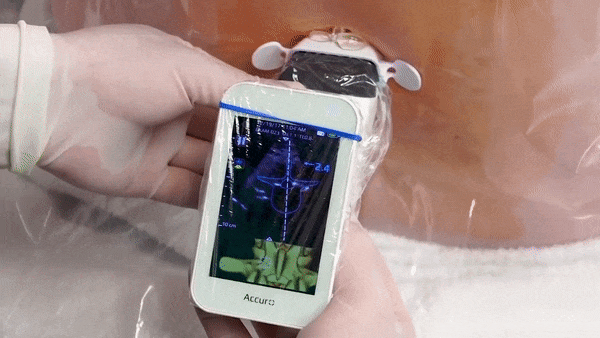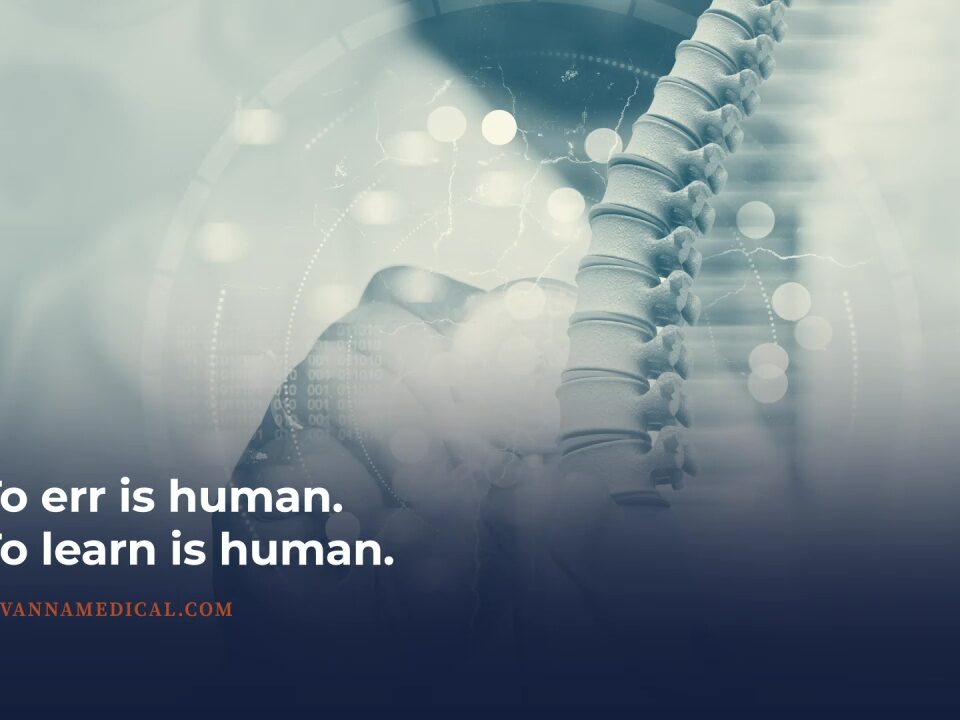Our website uses cookies so that we can provide you with the best user experience possible. Cookie information is stored in your browser and performs functions such as recognising you when you return to our website and helping our team to understand which sections of the website you find most interesting and useful. Thank you!
The field of anesthesiology has witnessed remarkable transformations over the last century. Breakthrough science and engineering have streamlined anesthetic processes, reduced costs, and improved patient outcomes tremendously, positioning anesthesiology as a critical pillar of modern healthcare.
Despite these advancements, the integration of new methods into widespread practice often encounters significant delays, not due to a lack of testing or proven results — which are frequently abundant years prior to integration — but due to gaps in visibility and change-readiness within the medical community. Traditional practices and instruments continue to be foundational in the field, underscoring the need for a proactive dialogue.
It’s time to start a broad, much-needed conversation about one groundbreaking innovation emerging in modern anesthesiology. It has forever transformed the way neuraxial anesthesia is administered, setting new clinical standards for acute pain management and elevating patient care across the globe. This powerful, patient-centric innovation is highly accessible and proven to be extraordinarily effective. So let’s talk about it — let’s talk about ultrasound guidance technology.

Neuraxial anesthesia: Precision medicine for acute pain management
The concept of precision medicine is a transformative force in healthcare. Nowhere is its impact more pronounced than in pain management, where tailoring treatments to individual patients has become the hallmark of modern care.
Precision approaches have improved the efficacy and safety of pain management while simultaneously redefining the way we manage the unique nature of acute pain. Gone are the days of blindly prescribing opioids; today, they’re being replaced by a personalized, patient-centric paradigm where neuraxial anesthesia leads the avant-garde.
Neuraxial anesthesia is guided by principles of precision medicine: a focus on significantly reducing adverse effects while enhancing patient satisfaction. By customizing anesthesia delivery based on the unique circumstances and characteristics of each patient, anesthesiologists have been able to achieve remarkable results for those coping with serious, chronic pain — all without the risks that traditionally accompany opioids and other prescription medications.
As neuraxial anesthesia has gained traction, challenges with its application have emerged. The subjectivity of blind palpation, complications from incorrect needle insertion, steep learning curves for clinicians — a myriad of complexities have come into play. These complexities have slowed the widespread adoption of neuraxial anesthesia as an affordable and accessible option for many cases of acute pain management — at least, until recently.
Enter ultrasound guidance technology.

Ultrasound guidance: Scientific precision, medical accuracy, human care
Ultrasound guidance technology is the embodiment of scientific precision, especially for common deep needle procedures. It provides vital information for needle placement, despite physiological and anatomical variances among patients, reducing complications and enhancing personalized care with minimal training.
Ultrasound-guided neuraxial anesthesia is applicable across numerous scenarios, from special populations and emergency units to low-resource environments and obstetrics. By providing real-time imaging and visualization of internal structures, it empowers medical professionals to navigate with unparalleled accuracy and precision.
It also streamlines clinical workflows, reducing procedure times and improving patient throughput. This optimization saves valuable time and resources while enhancing the quality of patient care and outcomes.
Broader implications for healthcare systems
The ability to quickly and accurately administer anesthesia lowers the need for repeat procedures and minimizes the potential for long-term complications, cutting healthcare costs tremendously. Integration of ultrasound in neuraxial anesthesia isn’t just a technical upgrade — it’s a movement toward broader, more affordable, and more value-based healthcare delivery.
Critical cost savings
In the modern era of value-based care, ultrasound guidance’s potential for substantial cost savings can’t be overstated. By leveraging the intelligence of workflow optimization, healthcare facilities can operate more efficiently, allocate resources more effectively, and reduce the potential economic burden associated with complications from traditional anesthesia.
Improved patient experience
Enhancements in patient care with ultrasound-guided neuraxial anesthesia are truly remarkable. Patients benefiting from this advanced approach often report significantly lower anxiety levels, greater comfort during procedures, and a marked reduction in complications. These outcomes improve the individual patient’s experience and contribute to an overall elevation in the quality of healthcare provided. By prioritizing patient comfort and safety, this method aligns closely with the goals of modern healthcare: delivering effective, patient-centered care that yields optimal outcomes.
Healthcare democratization
The broader impact of ultrasound guidance in anesthesiology extends significantly to underserved and at-risk populations. By empowering anesthesiologists with better equipment, healthcare organizations remove barriers to care. The accessibility and personalized care made possible by ultrasound guidance have the potential to bridge gaps in healthcare equality, ensuring patients from all backgrounds receive the best possible treatment and experience.

A new era for acute pain management
As the field of anesthesiology continues to evolve, a proactive approach to embracing new technologies is imperative. Anesthesiologists play a pivotal role in ensuring the best possible outcomes for their patients. To achieve this, it’s crucial to stay curious and well-informed about emerging technologies. Start conversations with fellow anesthesiologists and engage with healthcare facility management to explore innovative solutions — like Accuro ultrasound guidance for neuraxial and epidural anesthesia — and the benefits they can bring to each unique practice and environment.
Anesthesiologists who move proactively to enhance visibility and encourage an active dialogue around new healthcare technology can keep pace with progress and lead the way in delivering safer, more precise, and more effective patient care.



